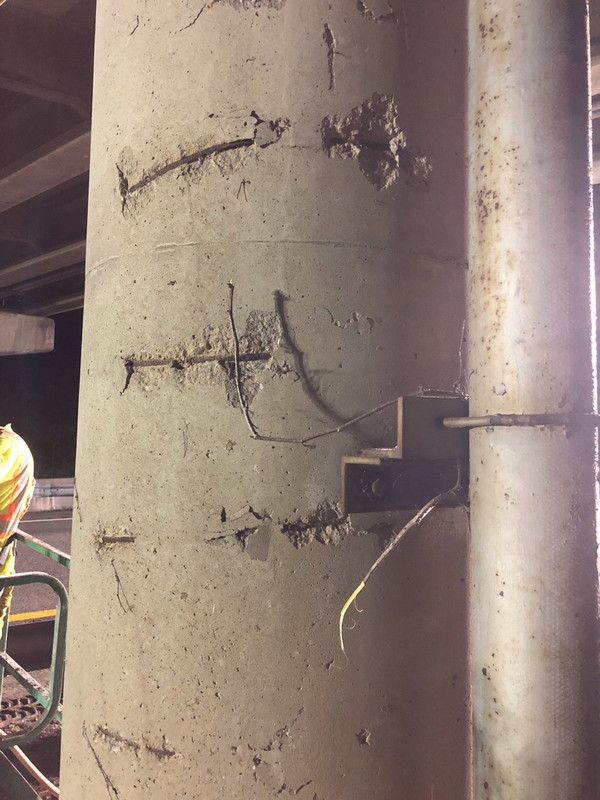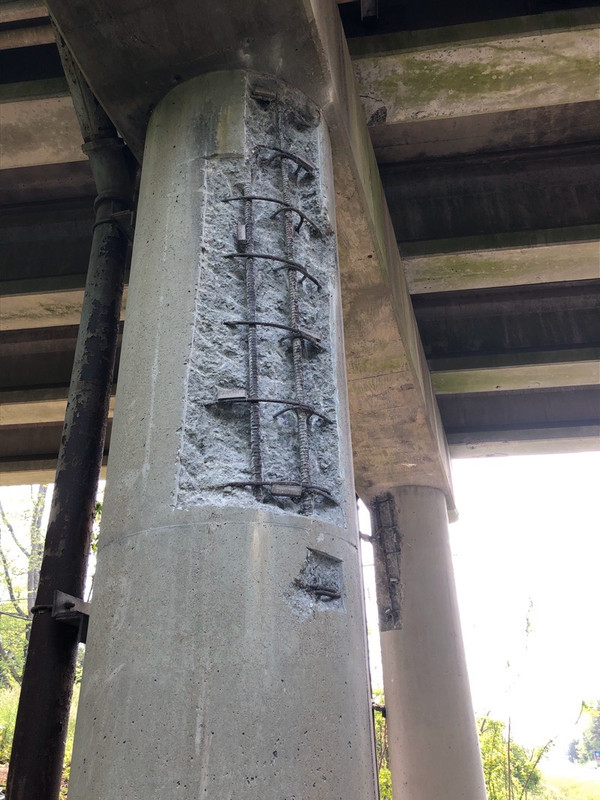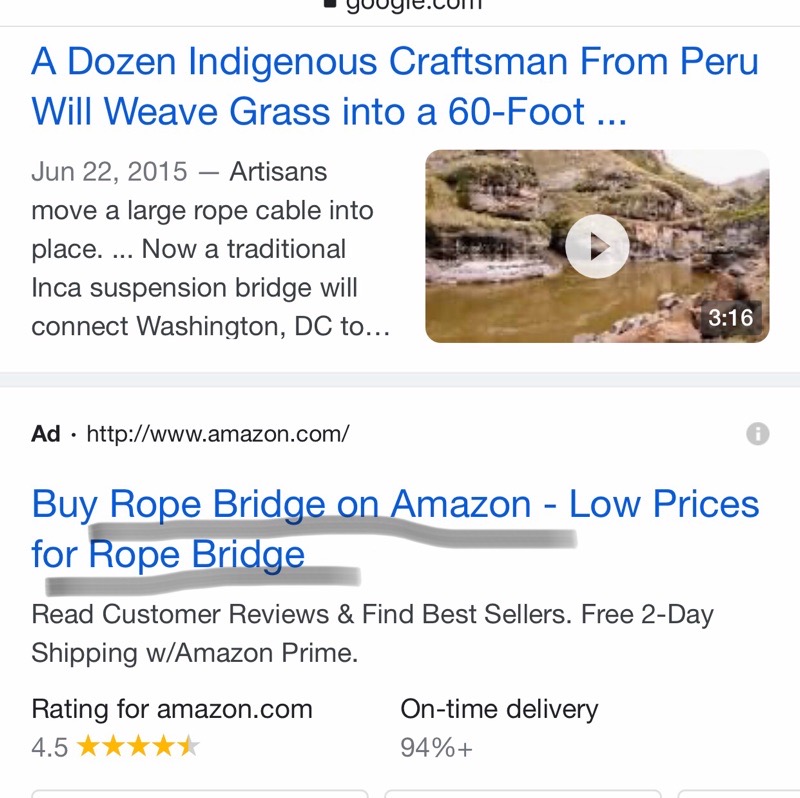There's a lot of that in the gov't contract world as well IP. But I have found that most of the workers have good intentions yet do not at times understand the little details spelled out in our library of specs and standards. Heck, it's not unusual for us inspectors to discover an obscure spec was changed 3 years ago through an email from one office dweller to another and we built things by the old spec…… then an expert from the Taj Mahal whose sole purpose is to protect his or her job and suddenly it's like Pearl Harbor all over again…… over something trivial more times than not.
We refer to those changes as "only available in the mind reader manual". I get a kick out of reminding those types how a federal spec over rides their little ideas. Oh, they hate that.
In the meantime folks will get used to our little round about or they won't. We have another saying; "can't see it from my house".
We refer to those changes as "only available in the mind reader manual". I get a kick out of reminding those types how a federal spec over rides their little ideas. Oh, they hate that.
In the meantime folks will get used to our little round about or they won't. We have another saying; "can't see it from my house".







